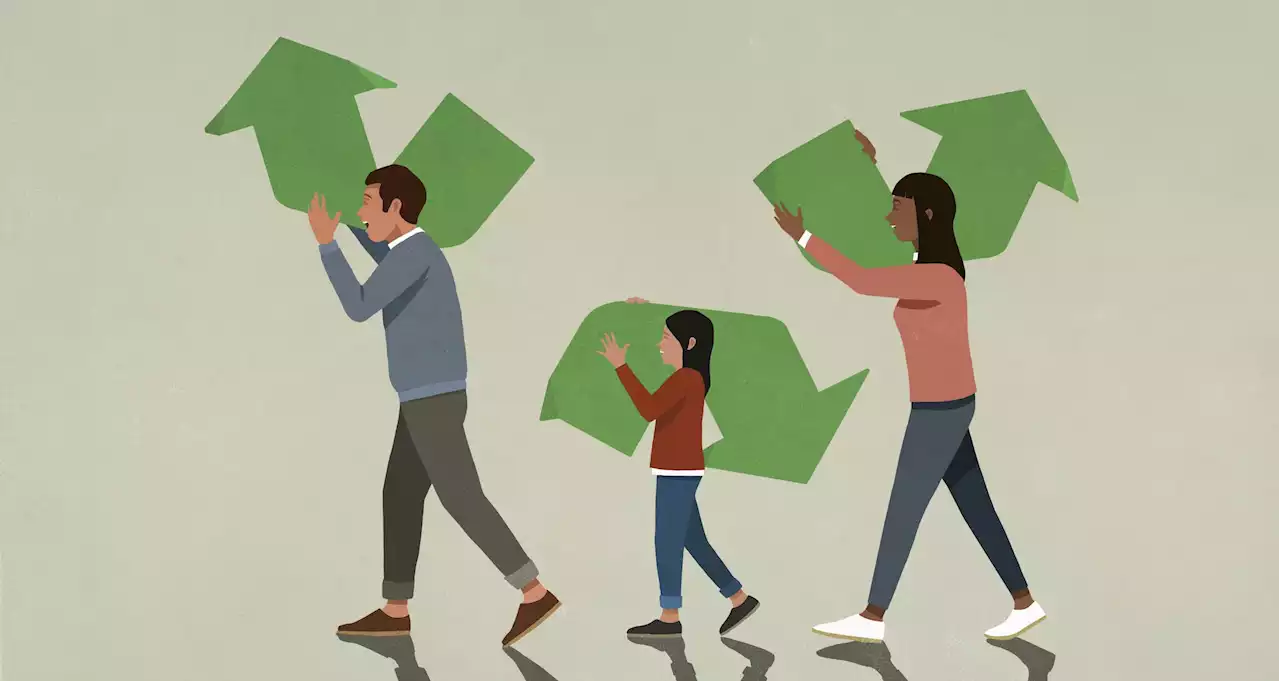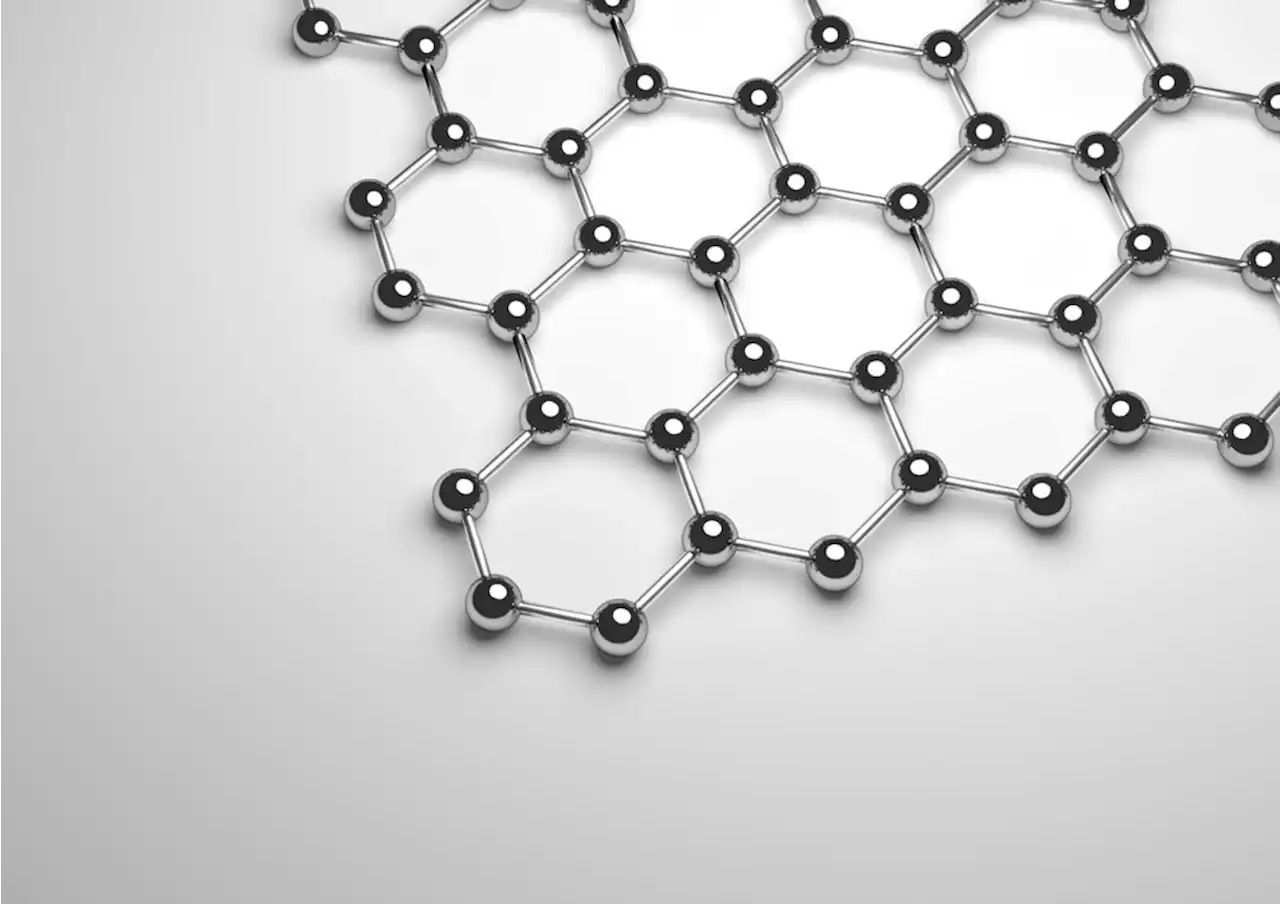Carbon Clusters Growth Morphology on Different Substrates SciReports
By Hussain AhmedSep 26 2022Reviewed by Megan Craig, M.Sc. Graphene is an extraordinary two-dimensional substance that has piqued the curiosity of both academics and industry. It possesses excellent electrical and thermal conductance as well as good mechanical behavior, making it a viable material for electronic devices, structural components, solar cells, and sensor systems.
Graphene Growth: Overview and Significance Graphene research has increased exponentially since its identification over a decade ago, owing to its remarkable electromagnetic, photonic, structural, and chemical characteristics. Most graphene applications are currently limited to the laboratory due to constraints in the manufacturing process of defect-free and high-quality graphene. Mechanical exfoliation is the simplest technique for graphene formation. This method yields monolayer, defect-free graphene of the highest grade. However, this strategy is only applicable to small-scale graphene growth.
Pulsed layer deposition is another useful approach for creating thin graphene sheets on various substrates. Amorphous carbon clusters can be carefully deposited on a substrate surface in a carbon dioxide environment using an appropriate temperature supplied by the PLD technique. These carbon clusters uniformly occupy the surface upon reaching the substrate, producing remarkable graphene films.
Estimating absorptive stability on different surfaces could be extremely useful in determining the best substrate for graphene growth. The theoretical molecular dynamics simulation findings were experimentally validated using layer-by-layer graphene growth on targeted substrates using the pulsed laser deposition technique.
As projected by the theoretical model, only the graphene film deposited on a strontium titanate substrate exhibited a super-flat surface, which was equivalent to the super-flat CVD graphene prepared by carbon dioxide annealing.
South Africa Latest News, South Africa Headlines
Similar News:You can also read news stories similar to this one that we have collected from other news sources.
 Why parents should not feel guilty about the environmental impact of having childrenThe emissions of future generations are included in the carbon legacy of their ancestors.
Why parents should not feel guilty about the environmental impact of having childrenThe emissions of future generations are included in the carbon legacy of their ancestors.
Read more »
 Intel Raptor Lake flagship CPU box spotted, suggesting it’s close to releaseA somewhat different box for the Core i9-13900K, with two notable changes
Intel Raptor Lake flagship CPU box spotted, suggesting it’s close to releaseA somewhat different box for the Core i9-13900K, with two notable changes
Read more »
 Sri Lankan home cooking is becoming Levenshulme's best kept secret'It’s so different to European cuisine, there are secrets.'
Sri Lankan home cooking is becoming Levenshulme's best kept secret'It’s so different to European cuisine, there are secrets.'
Read more »
 House Of The Dragon takes a major time jump – but why?So why are we suddenly losing such loved cast members? HouseOfTheDragon
House Of The Dragon takes a major time jump – but why?So why are we suddenly losing such loved cast members? HouseOfTheDragon
Read more »
